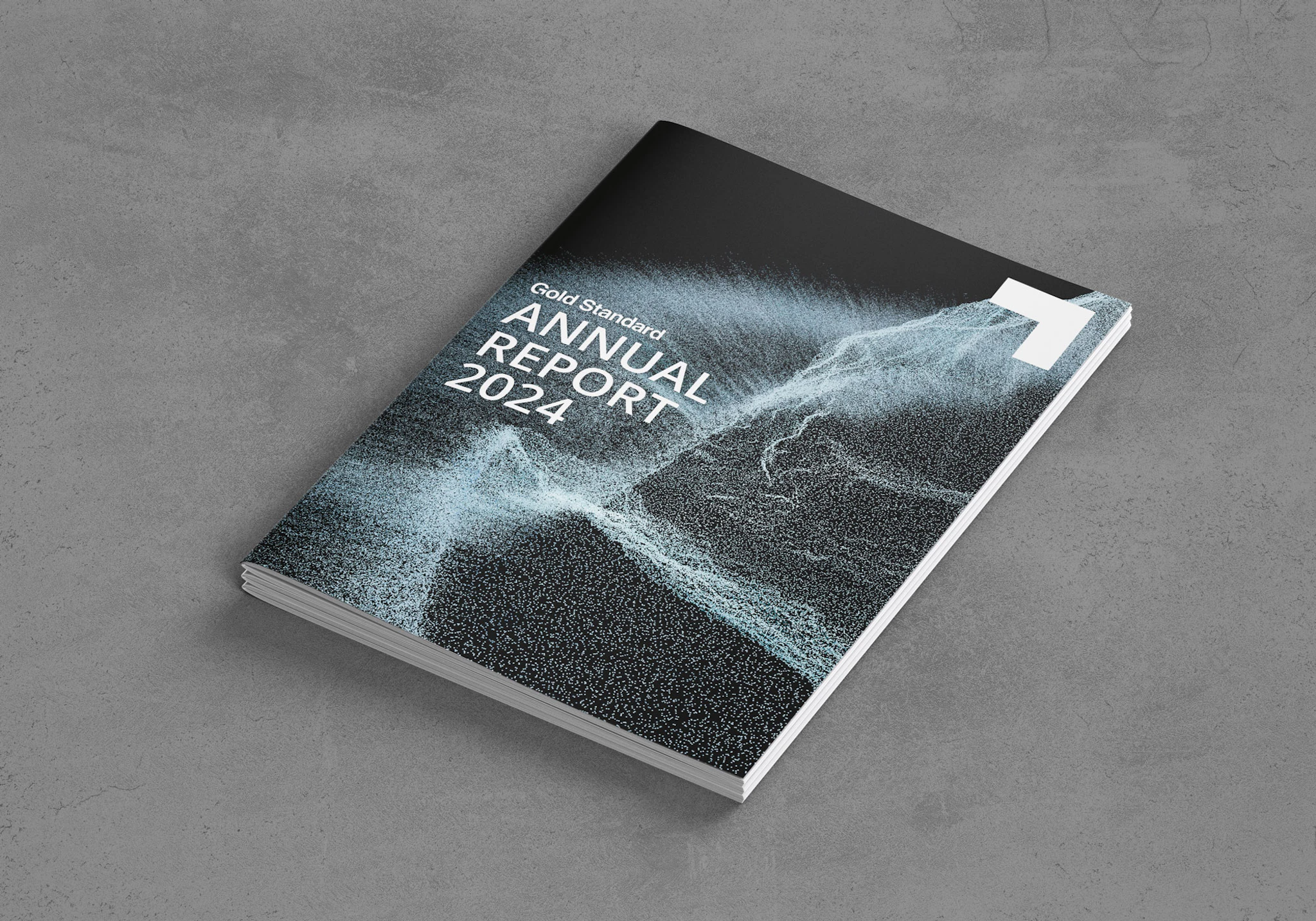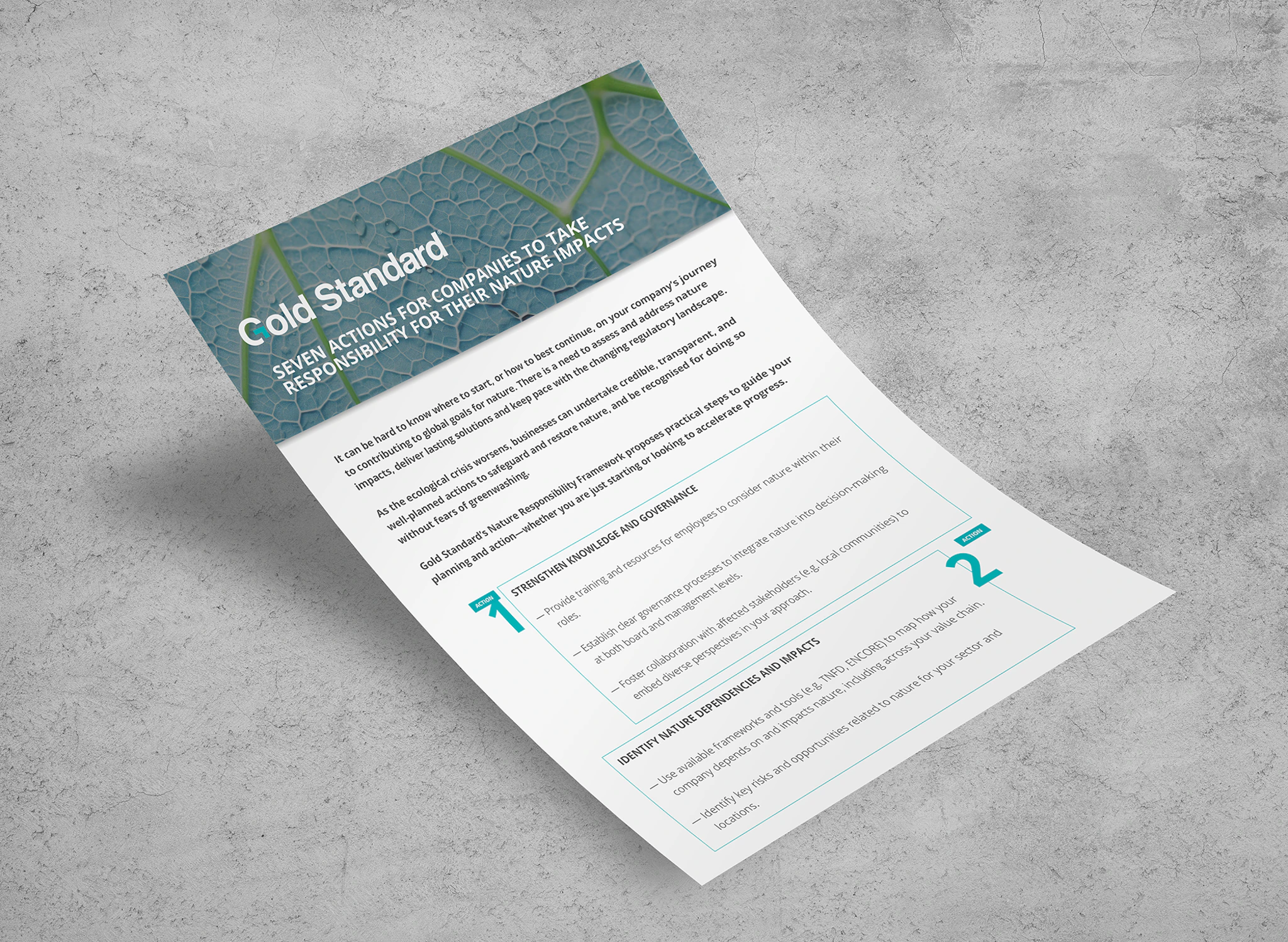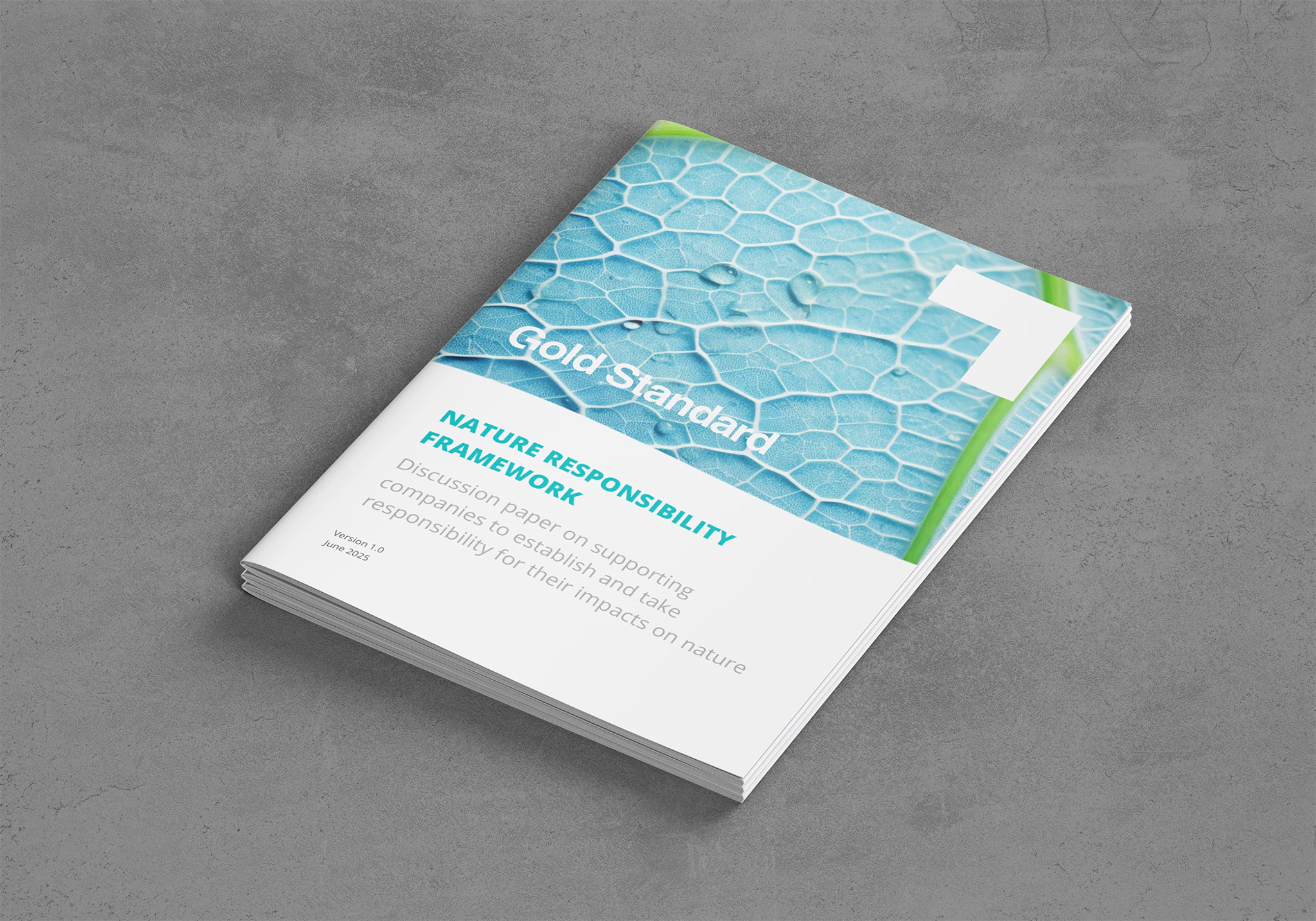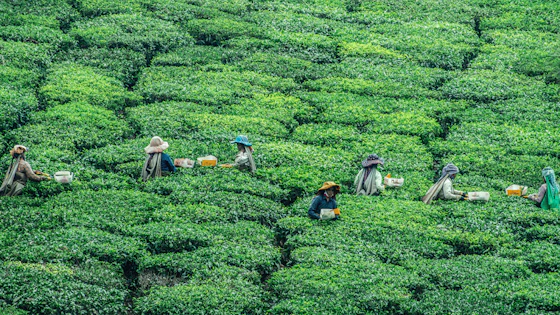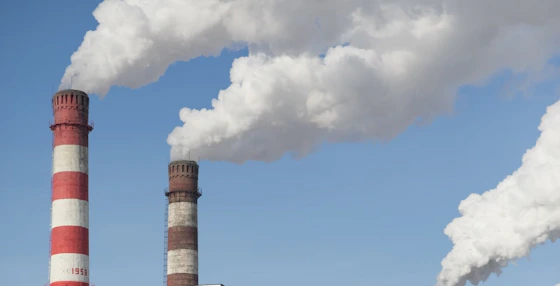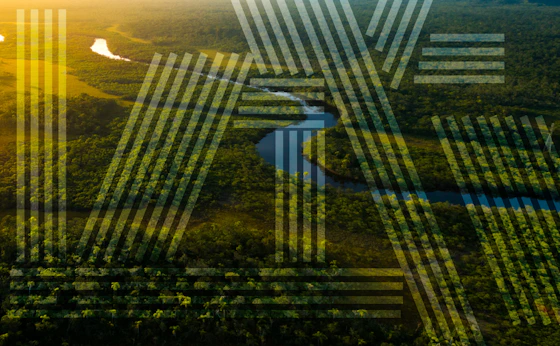News Room
FEATURED NEWS
Gold Standard Annual Report 2024
7 Actions for Nature Responsibility
Nature Responsibility Framework
All News & Publications
687 News
Order: desc
consultation consultation Joined up sustainable transition (JUST): Coal Decommissioning
consultation Joined up sustainable transition (JUST): Fossil fuel generators
opinion The Carbon Market’s Next Mission: Paying to Shut Fossil Fuels Down
consultation Methodology Tool for the digitial monitoring of cookstoves
conference Gold Standard at COP30
event Delivering for People and Nature under Article 6 and New Markets
report Beyond Coal: Expanding Transition Credits to Dispersed Energy Solutions for a Just Future
media release Gold Standard launches consultation on new methodologies to phase out the use of fossil fuels
event #BuyMoreTime: Methane Action
media release Gold Standard approved to supply credits for CORSIA Second Phase (2027–2029)
event Article 6.2 Crediting Protocol Launch
report Article 6.2 Crediting Protocol
media release Singapore, Gold Standard, and Verra Publish Article 6.2 Crediting Protocol
event Scaling Up Carbon Markets: Opportunities for Global Cooperation
event De-Tangling and De-Coding: Bringing Order to Fragmented Market Infrastructure
event Indonesia’s and Gold Standard’s Mutual Recognition Agreement
announcement Pilot programme under Mutual Recognition Agreement between Indonesian Ministry of Environment and Gold Standard – announcement of participants
consultation GS4GG Paris Alignment
consultation Downward Adjustment Factor (DAF) Determination Tool

